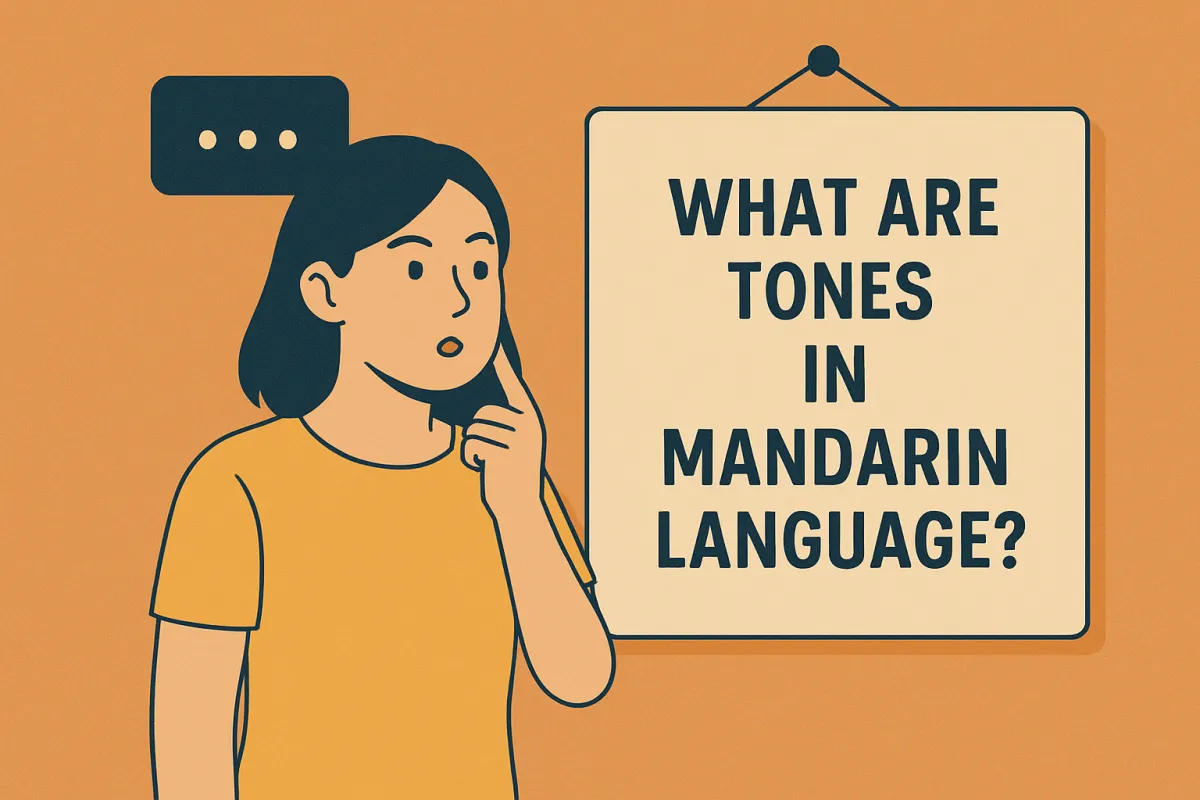
What Are Tones in Mandarin Language?
Understanding Mandarin Tones: Why They Matter and How They Work
Tones in Mandarin Chinese refer to the pitch patterns used when pronouncing words. These pitch variations are not just for style—they’re essential to meaning. In Mandarin, two words may have the same spelling and pronunciation in terms of consonants and vowels, but if spoken with different tones, they become entirely different words.
Without tones, spoken Mandarin would be incredibly confusing, as many words would sound identical.
The Four Tones in Mandarin
Mandarin has four main tones, each with its own pitch contour:
First tone (high level) – A steady, flat, high pitch. Imagine holding a musical note.
Example: mā (妈) – "mother"Second tone (rising) – Starts mid and rises like you're asking a question.
Example: má (麻) – "hemp"Third tone (falling-rising) – Dips down then rises. It can sound like a "scooping" tone.
Example: mǎ (马) – "horse"Fourth tone (falling) – Sharp and strong, like giving a command.
Example: mà (骂) – "to scold"
So, the syllable ma can mean four completely different things depending on the tone. This illustrates why mastering tones is crucial for being understood in Mandarin.
Tones and Grammar
Tones can also influence a word’s grammatical role. For example, the word bù (不) generally means “not” and is spoken with a falling tone. However, when it comes before another fourth-tone word, the tone shifts to a rising tone (bú) due to tone change rules. This subtle difference plays an important role in fluent, natural-sounding speech.
Are Mandarin Tones Hard to Learn?
At first, yes—especially if your native language doesn’t use tones. But with practice, they become much more intuitive. Listening to native speakers, mimicking their pronunciation, and using tone-focused tools or apps can help you build the right habits early.
Tones are not just a feature of the language—they are the language. They carry meaning, shape grammar, and are key to clear communication.
Final Thoughts
If you’re learning Mandarin, don’t treat tones as an optional detail. They’re a core part of speaking and understanding the language. With consistent practice, you’ll develop a natural feel for them—and your confidence in speaking Mandarin will grow tremendously.
